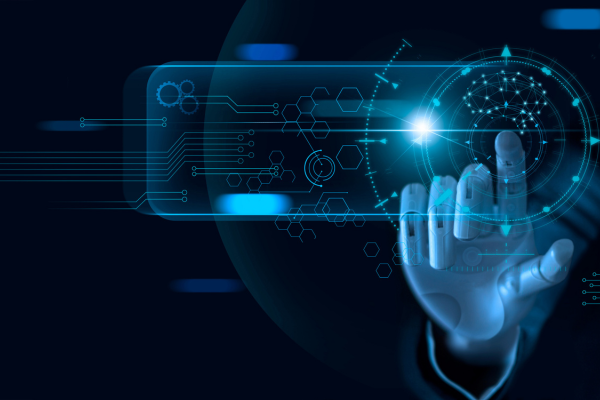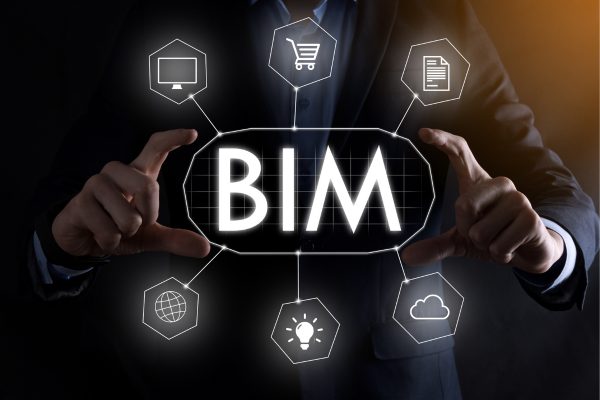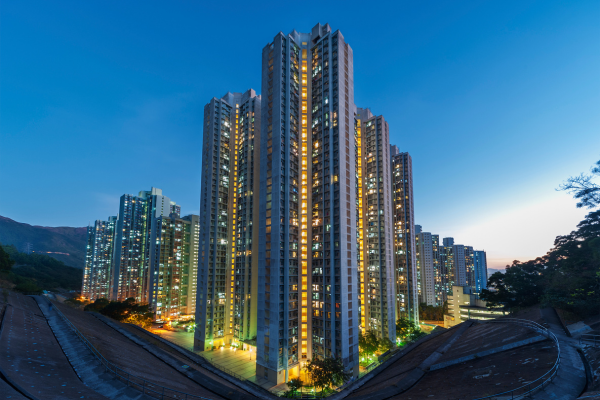
How AI and BIM Integration is Shaping the Future
AI and BIM in the construction world are like having a super-smart helper by your side. Imagine you're building a puzzle. AI and BIM together make sure you're putting the pieces in the right place, making everything fit perfectly. Before, building a structure was mainly about drawing it out and figuring things out as you go. Now, with AI and BIM, it's like having a crystal ball. These tools can predict what's going to happen, find the best way to do things, and even make buildings that are kinder to our planet. It's a game-changer. We're not just talking about small tweaks here and there. This is about transforming the whole scene, making sure buildings are not only beautiful but smart and sustainable too. And the best part? This isn't a dream of the future. It's happening right now. Builders, architects, and engineers are using AI and BIM to make smarter decisions and create spaces that were once only imaginable. This shift is exciting and promises a world of possibilities for how we live, work, and interact with our surroundings.
Revolutionizing AEC with AI-BIM Integration
AI and BIM are teaming up to transform the AEC (Architecture, Engineering, and Construction) industry in a big way. It's like having a super brain and a master planner working together to make building projects smarter, faster, and more efficient. With AI, we can predict problems before they even happen, like knowing if a design might cause issues down the line. And BIM? It's all about creating a detailed digital model of a building before it's even built, which helps everyone involved see the big picture.
This dynamic duo means fewer surprises and less wasted time and materials. For architects and engineers, it's like having a magic wand that helps them design better buildings. For construction workers, it means knowing exactly what to do, making their jobs safer and faster. And for all of us? We get buildings that are not only built better but are also more sustainable and friendlier to our planet.
What's really exciting is how AI and BIM are making things possible today that we couldn't even imagine a few years ago. From skyscrapers that use less energy to bridges that can predict when they need maintenance, the future is looking bright. This isn't just about building faster or cheaper; it's about building smarter. And as we look ahead, the possibilities are endless. This revolution in the AEC industry is just beginning, and it's all thanks to the power of AI and BIM working together.

The Power of Predictive Analysis and Generative Design
Imagine you're a chef trying to create the perfect dish. Predictive analysis and generative design in the AEC industry are like having a high-tech kitchen that predicts what ingredients will make your dish a hit. With predictive analysis, AI looks at tons of data from past projects to forecast future outcomes. It can predict if a building design might face problems, like structural issues or budget overruns, before they happen. This means we can fix issues before they become real headaches.
Generative design takes things up a notch. It's like telling your high-tech kitchen what you need in a dish, and it generates dozens of recipes for you to choose from. In building terms, you input design goals and constraints into an AI system, and it explores thousands of design options, optimizing for the best outcomes based on your criteria. This could mean finding the design that uses the least energy, costs the least, or provides the best user experience.
The combo of predictive analysis and generative design is transforming how we plan, design, and build. It's making the AEC industry faster, smarter, and more innovative. Imagine buildings and infrastructures that are not only designed to be more efficient and sustainable but also tailored to fit perfectly into their environment and use. That's the power we're talking about.

Manufacturers' Edge: AI-Compatible BIM Objects
In the evolving landscape of the AEC industry, the push towards digitization has given manufacturers an unparalleled advantage through AI-compatible BIM objects. These digital components are like advanced puzzle pieces, designed to fit perfectly within the complex blueprint of a building project. By embedding intelligent data within these objects, manufacturers ensure their products are not just seen but preferred by architects and engineers planning new constructions or renovations.
This strategic move towards AI readiness means that when a design is being conceptualized, AI systems can automatically recommend products that meet exact specifications for sustainability, cost-efficiency, and aesthetic harmony. For manufacturers, this integration into the digital workflow translates into a direct pipeline to decision-makers in the construction process, significantly boosting the likelihood of their products being specified and purchased.
Moreover, embracing AI compatibility allows manufacturers to gather insightful data on how their products perform within diverse project environments. This feedback loop is invaluable for product development, enabling manufacturers to refine and innovate their offerings to better meet the needs of the construction industry.
In essence, the adoption of AI-compatible BIM objects is more than a technological upgrade; it represents a strategic alignment with the future of building design and construction. It positions manufacturers at the forefront of the digital transformation wave sweeping across the AEC industry, providing them with a competitive edge that goes beyond traditional marketing and sales tactics. As we move forward, the ability to integrate seamlessly into AI-driven design processes will become a defining factor for success in the rapidly digitizing world of construction.
The Future of AEC: Digital Strategies and Workforce Transformation
As the AEC industry strides into the future, a significant transformation is underway, driven by digital strategies and a shifting workforce landscape. The adoption of digital tools like AI and BIM is not just about technological upgrades; it's about fundamentally changing how projects are conceptualized, designed, and executed. This digital shift demands a new kind of workforce, one that is adept at navigating software, analyzing data, and thinking innovatively.
For companies in the AEC sector, crafting a digital strategy is crucial. This involves not only selecting the right technological tools but also determining how these tools integrate into existing workflows. It's about envisioning a future where digital and physical constructions align seamlessly, enhancing efficiency, reducing waste, and delivering projects that are as sustainable as they are spectacular.
Equally important is the transformation of the workforce. The rise of digital tools necessitates upskilling and reskilling employees to harness the full potential of these technologies. Traditional roles are evolving, with new positions emerging that blend engineering, design, and data analysis skills. This shift represents a significant opportunity for professionals in the industry to grow and adapt, ensuring they remain valuable in a rapidly changing landscape.
In this digital era, collaboration and adaptability are key. Teams must work together more closely than ever, sharing insights and data across disciplines to drive innovation. As digital strategies become central to AEC operations, companies that invest in their people—equipping them with the skills to excel in a high-tech environment—will lead the charge into a new era of construction.
The future of the AEC industry is bright, with digital technologies paving the way for smarter, more sustainable building practices. By embracing these changes, both at a strategic and a workforce level, the industry can look forward to a future where it not only meets the challenges of today but also anticipates the opportunities of tomorrow.

We're standing at the brink of a revolution in the AEC industry, powered by AI and BIM. These technologies are transforming the way we think about design, construction, and sustainability, making it an exciting time for everyone involved. From predictive analysis to AI-compatible BIM objects, the future is now, and it's digital.
But embracing this future isn't just about adopting new technologies. It's about rethinking our approach to projects, training our workforce, and staying ahead in a competitive landscape. Whether you're an architect, engineer, construction professional, or manufacturer, the time to act is now. Dive into the digital world, explore the possibilities AI and BIM offer, and equip your team with the skills they need to thrive. The future is bright, but only for those ready to embrace change and innovate. Let's build a smarter, more sustainable world together with bidlight.com.